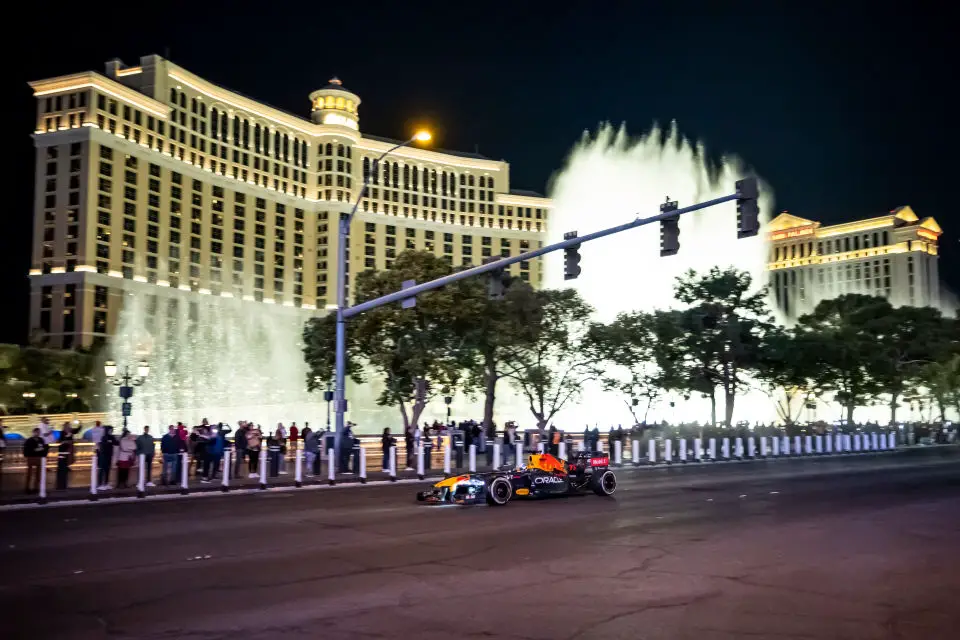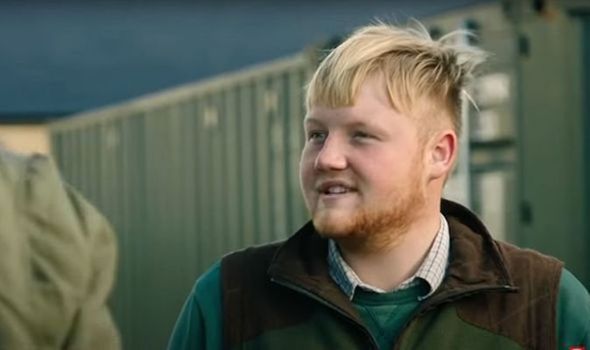Ross Brawn Highlights Unexpected Cold Weather Challenge at Las Vegas F1 Grand Prix
In a revealing insight, Ross Brawn, the former managing director of motorsports for Formula 1, has pointed out a potentially overlooked challenge for the upcoming Las Vegas Grand Prix: unexpectedly low temperatures during the night race. This revelation could significantly impact the event’s planning and execution, raising concerns about the race’s feasibility under such conditions.
Key Takeaways:
- Overlooked Cold Weather: Ross Brawn identified that the cold temperatures at night in Las Vegas, which could drop to three or four degrees, were not initially considered in the planning of the Grand Prix. This oversight presents a unique challenge for the race, as it occurs on a Saturday night, a time known for significantly colder temperatures in the region.
- Tyre Performance Concerns: The cold conditions raise issues regarding tyre performance. Brawn mentioned that tyre companies have been working to ensure the tyres can cope with the colder temperatures, but the situation remains a new and untested challenge for Formula 1 teams.
- Team Preparations and Contingencies: Mercedes’ trackside engineering director, Andrew Shovlin, highlighted the difficulties teams might face if the track temperature falls into single figures. Comparing it to winter testing conditions, he expressed concerns about tyre performance, including potential graining, and the need for specific car specifications to adapt to these conditions.

The Las Vegas Grand Prix, a highly anticipated event in the Formula 1 calendar, now faces an unexpected hurdle as Ross Brawn reveals a major planning oversight. The concern revolves around the colder temperatures at night, a factor that was not initially considered but could significantly impact the race dynamics.
Brawn, with his extensive experience in Formula 1 and likely involvement in the Grand Prix’s planning, emphasized the seriousness of the issue. He pointed out the drastic temperature drop at night in Las Vegas, which could reach as low as three to four degrees Celsius. This situation is particularly challenging as Formula 1 cars and tyres are typically optimized for warmer conditions.
Speaking candidly to talkSPORT, Brawn stated, “The one thing we hadn’t considered initially but the tyre company have dealt with is it gets very, very cold at night. So when the race is happening, which is Saturday night, it has been known to drop down to three or four degrees. So, it can be really quite cold and of course getting the cars to work in those temperatures can be a challenge. The tyre companies have done some work to make sure the tyres can cope with that. We’re definitely facing some new challenges which we’ve never had before, but I think it’ll be spectacular.”
Further complicating matters, Andrew Shovlin from Mercedes added insights on the practical difficulties teams may face under such conditions. He compared the situation to winter testing, noting the challenges in getting tyres to perform optimally in colder temperatures. Shovlin explained, “It’ll just depend on exactly how cold it is. Because if the track is down in single figures, that’s often a region where you go winter testing. You do a run, it’s very difficult for the tyres to either get them switched on, or there may be graining and things. And then sometimes you just wait until it warms up a bit. So actually having to race and qualify in those conditions, it will be interesting.”
The teams are now in a race against time to adapt to these unforeseen conditions, with the Grand Prix fast approaching. The challenge posed by the cold weather adds an intriguing twist to the Las Vegas event, potentially impacting race strategies and car setups. This unexpected element is sure to add another layer of excitement and unpredictability to what is already one of the most anticipated races in the F1 calendar.



